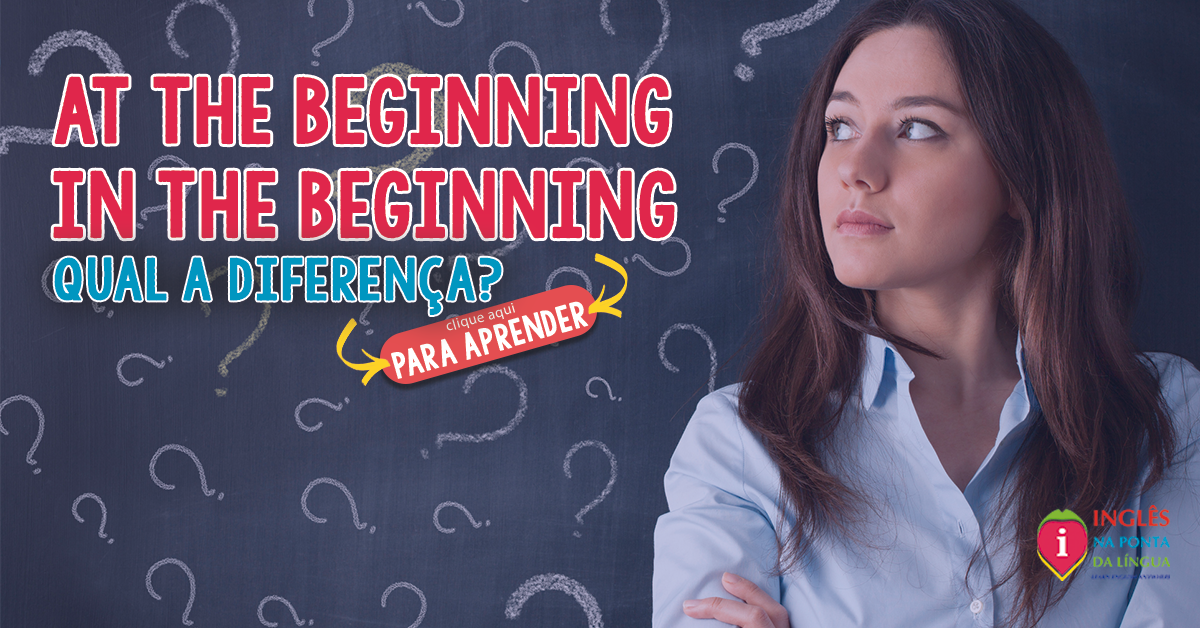Teaching Spoken English to Improve Listening
Among the four skills, listening is definitely the most intricate one. For learners, it seems untamable. For teachers… Well, how do teachers teach listening? What do teachers do to help learners develop listening skills? They surely want learners to understand spoken English, but are they doing the right thing? If they are, why do learners keep moaning and groaning about listening?
Well, have you ever thought about the kind of English you’ve been teaching in the classroom? I’m not questioning whether it is American English or British English. I’m actually talking about Bookish English versus Real English. Bookish English!? What’s that?
What’s Bookish English?
I’m sure that you’ve already noticed that the English from coursebooks are distinctly different from the English from movies, songs, conversations and so on. On one hand, we have English as it is written for pedagogical reasons, that is, Bookish English. On the other, we have English as it is naturally spoken, that is, Spoken English (Real English). To make this clearer, let me give you a couple of examples. Listen to the audio clip below.
Believe it or not, this is English. But I must confess that this is so weird that even a native speaker needs an interpreter. So, listen to the interpreter.
How was it now? Still can’t get it? Weird!? Ok! So, let’s listen to a second interpreter.
Yes! Now it’s ok, isn’t it? Much easier! This is the kind of British English one may listen to in real life. Ok! You’re not into British English! So, listen to this next audio clip.
This is an American senator speaking in Congress. Of course, Americans don’t speak like that; so, let’s slow down:
These are extreme examples of spoken English. We can’t expect that learners understand that. Even native speakers may not understand. These were used here just to show you how Spoken English is totally different from Bookish English.
Bookish English x Real English

Most of the time teachers tend to forget about that difference. Although, they know there’s a huge difference between spoken and written English, they don’t feel much comfortable teaching that to learners. There are too many things to talk about. Learners may be confused. Lots of questions may be asked. So, teachers prefer to keep stuck to written English in order to avoid trouble.
However, teachers must help their learners develop listening skills. Then, teaching characteristics of spoken English have to be present in the classroom. By learning the most common characteristics of spoken English learners will develop their listening skills for real life English and become more confident and motivated.
Improving Learners’ Listening Skills
Of course, learners are not supposed to describe the technicalities involved in phonology analysis. The idea is to help them recognize what native speakers really do with the language while using it in natural conversations. Teachers should show learners, regardless of their level, aspects of connected speech such as weak and strong forms, elision, vowel reduction, liaison, juncture, contractions, etc.
By teaching those features of spoken English, learners’ listening skills become much better as they go from basic to advanced. In fact, not only would they learn how to listen better, but also how to speak better. Notice that I wrote “basic” some words ago. This is to show that aspects of spoken English is to be taught not only to intermediate or advanced learners.
As rule of thumb, every learner should learn about common characteristics of spoken English from the very beginning. These characteristics should be mentioned the moment learners start an English language course. This would definitely avoid so much frustration in and out of the class. Listening English wouldn’t be so hard.
Listening Activities
Listening activities in the classroom should reflect the spoken language learners will certainly meet out of the classroom when in neutral, everyday situations. They wouldn’t struggle much to understand their favorite songs, movies, TV shows, or natural chats with real people. Take a look at the sentences below. They are very common sentences taken from books designed for basic learners.
- What’s your name?
- Got it?
- What are you going to do now?
- Can you give me that pen?
- let me say that again.
- I’ve got to go now.
- You can count on me, ok?
- I don’t know.
- What do you mean?
- Do you want to come along?

When learners meet these sentences in the classroom they read them word for word. Teachers tend to practice these sentences with learners by reading each word and focusing on isolated sounds. Teachers may not realize that, but they are teaching Bookish English. This is not the kind of English learners will listen to in real life.
Now, what if teachers taught the same sentences above by showing learners how they are really pronounced? What if teachers used some time of their classes so as to show learners how native speakers pronounce these sentences when talking to each other? What if teachers helped learners produce those utterances the same natural way? How would learners feel if they were able to speak and understand the sentences above as in the audio clip below?
Wouldn’t it be better for learners? Wouldn’t they feel more confident when listening to English for real? Wouldn’t their anxiety and nervousness be reduced when listening to something or someone?
In Conclusion
If teachers starts showing learners in basic levels how real English is really spoken (pronounced), learners will better and faster develop their listening skills. Teaching common chunks of language (formulaic language) and the way they are pronounced as a whole will definitely help learners understand (listen) and speak better.
Of course, one will not learn the characteristics of spoken English from one day to the other. However, the sooner sooner learners are introduced to the mysteries of connected speech, the better they’ll become in listening to Real English. Their motivation and confidence. will be boosted in a way that they’ll stop moaning and groaning about listening.
— © Denilso de Lima, ELT Professional.
The 05 first audio files used on this text were clipped from the following Youtube videos:
- Audio clips 01 to 03: http://www.youtube.com/watch?v=Cun-LZvOTdw
- Audio clip 04: http://www.youtube.com/watch?v=6ogM0aDe2Pc
- Audio clip 05: http://www.youtube.com/watch?v=IlfY_Bw8pJQ









very nice explanation and I'll try doing that with my beginer learners.
Goshhhh.. that was dope, dude! I always appreciate real life approches to learn English. So please, keep going..
Thanks a million!
Take care,
Isso e muito verdade. A lingua falada e a mais dificil. Estou a achar a mesma situacao no meu estudo do portugues. Estou a aprender "bookish" portugues, qual e muito diferente que a lingua falada na rua. Claro que e dificil entender mas sei que vou melhorar pouco a pouco com tempo. Pessoalmente, sinto que alunos de qualquer lingua precisam aprender juntas formas. Precisam saber como falarem corretamente antes de falarem giria.
Como australiano, algumas vezes vejo que americanos nao conseguem entender-nos imediatamente quando os vem para aqui. Australianos assistem muitos programas americanos na televisao mas eles nao escutam muito do sotaque australiano ou nossa giria antes de chegarem. Precisamos falar mais devagar mas eles adaptam com tempo.
Se se aprenda apenas a lingua informal, nao se conseguira conversar em situacoes mais formal. Poderia conversar na favela mas nao conseguiria conversar numa sociedade mais riqueza, mesmo assim se precisa algum tempo para adaptar as situacoes diferentes. Para mim, prefiro aprender a lingua oficial na primeira vez e entao estendo a minha aprendizagem com os aspetos da lingua falada na rua.
I hate losing a listening activity.Spoken English is totally different from Bookish English.
Continue well!
Success!
Denilso, eu pesquisei no google “common characteristics of spoken English” e “características comuns do inglês falado”, mas não achei muito conteúdo. Sabe onde posso encontrar mais informações?